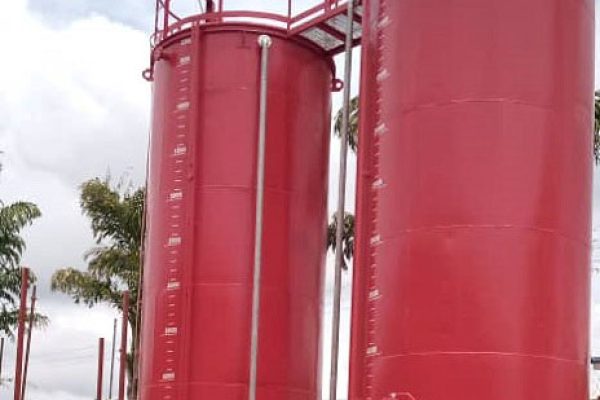Tank Calibration
Uses of Tank Calibration
Tank calibration is an essential process for ensuring the accuracy and reliability of measurements in storage and process tanks used across various industries. Here are the primary uses of tank calibration:
Ensures Accurate Volume Measurements
Tank calibration determines the precise volume of liquids stored at specific levels, ensuring accurate inventory management and minimizing discrepancies.Compliance with Industry Standards
Calibration ensures tanks meet legal and regulatory requirements, particularly in industries like oil and gas, chemicals, and food processing.Supports Trade and Transactions
Accurate calibration is crucial for fair trade, especially when tanks are used for the storage and transfer of commodities like petroleum, chemicals, or bulk liquids.Enhances Operational Efficiency
Knowing exact tank volumes helps optimize storage capacity, reduce overflows, and minimize product losses.Improves Safety and Risk Management
Proper calibration helps identify issues like tank deformations or irregularities, reducing the risk of leaks, spills, or accidents.Facilitates Inventory Management
Accurate volume readings enable better tracking of stock levels, improving supply chain efficiency and inventory control.Reduces Financial Discrepancies
For industries dealing with high-value liquids, precise calibration prevents financial losses due to inaccurate volume estimations.
Tank calibration is critical for industries such as oil and gas, chemicals, water treatment, and food processing to ensure accurate storage, compliance, and efficient operations.

